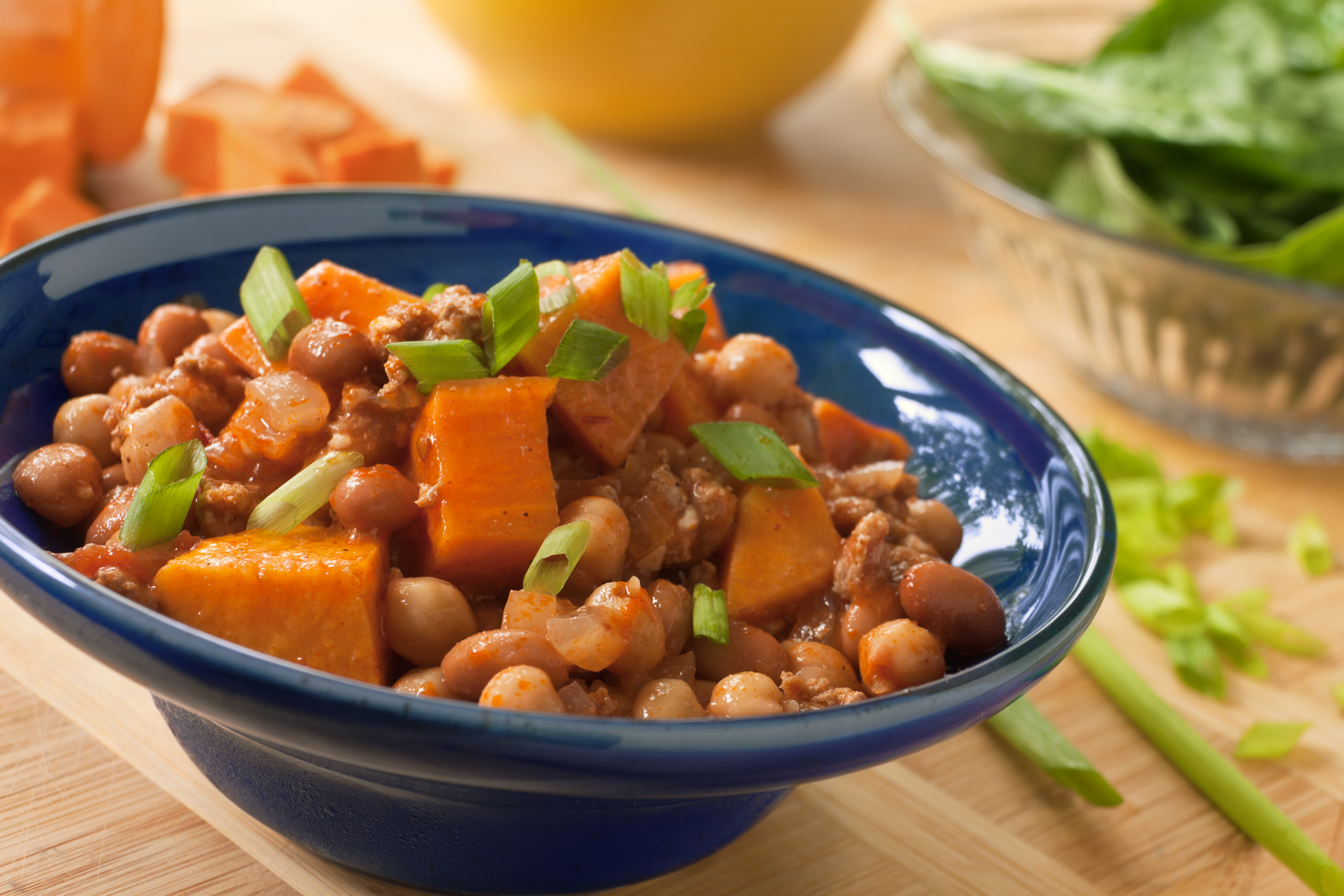If you’re on social media or the internet much at all, you’ve likely seen the photos of multiple, matching meals in little boxes all lined up on the counter. These images are examples of “meal prepping,” a cooking and eating style that has made the jump from being a trend among fitness fanatics to a popular time-saving tool for us average Joes and Janes. I see the appeal of these photos—such order, symmetry and colorful, considered composition! What I don’t see is the appeal of this style of eating as a weekly practice year-round. Let’s explore this trend and see if we can pull any useful tips from it that might benefit those who cook and eat in a more typical fashion.

What exactly is meal prepping?
The concept of preparing food ahead of time is not revolutionary, of course. Lots of people do some version of meal prepping on a regular basis (some call it “batch cooking”). In my life, it’s called “making enough so there are leftovers for another day.” Like I said, not a completely new concept. However, with meal prepping there also seems to be an emphasis on creating healthy, balanced meals as opposed to just one dish. Hence, the Sunday night photos of a week’s worth of little containers filled with a nice balance of lean protein, vegetables, and a nutritious starch like rice or quinoa. This part of the concept appeals to the dietitian in me because it makes it easier to reach for and consume a balanced meal—that’s a plus for anybody. Plus, cooking at home usually results in more healthful food than a meal made from takeout or eating at a restaurant.
Who might benefit from meal prepping?
I started noticing meal prepping among the fitness community years ago. For those who are intent on meeting specific nutrient targets each day (such as those who count macros), it’s easier to track things if some of the meals are the same. Frankly, I’ve long been a proponent of cooking some dishes ahead because food at the ready is a boon to anyone who is busy: those who work long hours, lots of hours or odd hours that leave little time to cook, moms with busy schedules, people who want to tote lunch to work or school each day. Basically, anybody who doesn’t want to make absolutely everything from scratch every single time—and still wants home-cooked, healthy food, might benefit from some meal-prepping (and certainly from some batch cooking). Having prepared food on hand makes it lots easier to avoid dialing for take-out or just eating cereal for dinner.
How do you get started?
The top tip I’d suggest is not to go hog-wild right away. You don’t want to get overwhelmed by purchasing lots of containers and devoting your entire weekend to cooking multiple meals that you hope you’ll want to eat on strict rotation the very first week. Make a plan:
- Take a look at your week and figure out which meals (or how many meals) you’d like to have ready—or at least partially ready. Maybe you’ll make a breakfast item you can eat several days during the week? Or maybe you’ll make a soup and a protein-based salad (tuna salad, chicken salad, etc) for lunches? Think about what be most helpful to you in the coming week.
- Check the supermarket sale flyer to see what’s on special—might as well economize while you’re at it!
- Pick one or two days that week when you will do meal-prep or batch cooking—it’s doesn’t have to be on Sunday, though lots of people like to do it then. Sometimes the best time to cook is after dinner in the middle of the week when you aren’t hungry, you can be relaxed about it, and you don’t feel like you’ve used most of a weekend day just to cook your food. Also, don’t forget that you can prepare a big batch recipe, then freeze portions of it so you don’t have to eat the same thing for days on end if you really don’t want to.
Start with batch cooking a couple of things that you will either use for the week or can freeze for easy use later. For example, soup or chili are easy to make, easy to portion and typically easy to freeze for later. Other foods that are typically very easy to use in multiple ways throughout a week:
- grains—especially whole grains, which generally require a longer cooking time (brown rice, wild rice, faro, barley, steel-cut oats, etc)
- dried beans and lentils
- roasted vegetables
- cooked chicken breasts or thighs
- ground turkey taco meat
- boiled eggs
When putting a meal together, consider balance. A balanced meal includes a protein source, some vegetables, some carbohydrate, and a little healthy fat such as olive oil dressing or a dollop of guacamole. (Only add guac to the meal at the last minute or it will get brown and unappetizing.)
You’ll also need to give consideration to flavor—nobody likes boring meal after boring meal. Make your food interesting and you’ll be more likely to want to eat it (even if it is a couple days old)! Cooking with herbs, spices, broths and marinades can add flavor and interest to your meals— here are some ideas to get you started.
Don’t forget to make use of your slow cooker if you have one! Using your slow cooker is an easy way to make a big batch of something—without you having to tend to it all the time.